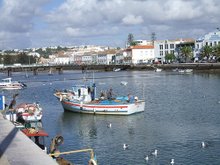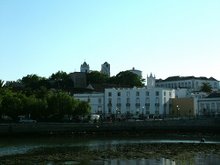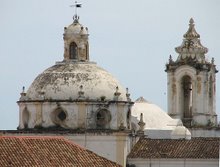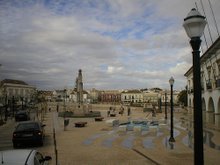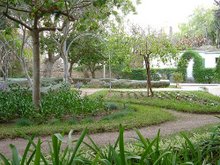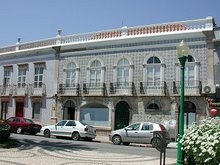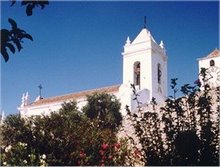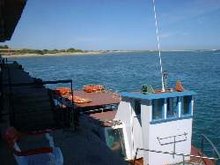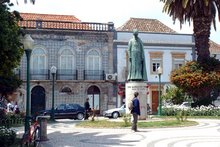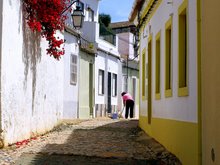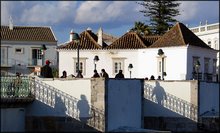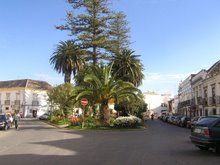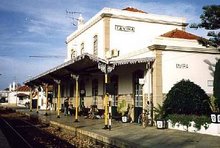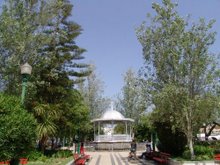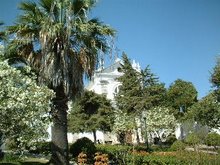

 In the 17th Century the port on its river was of considerable importance, shipping produce such as salt, dried fish and wine. Like most of the Algarve its buildings were virtually all destroyed by the earthquake of 1755. This earthquake is thought to have reached a magnitude of 9 on the Richter scale and caused extensive damage throughout the Algarve due to shockwaves and tsunamis. The earthquake is referred to as the Lisbon Earthquake due to its terrible effects on the capital city, although the epicentre was some 200 km west-southwest of Cape St. Vincent in the Algarve.
The town has since been rebuilt with many fine 18th Century buildings along with its 37 churches. A 'Roman' (actually Moorish) bridge links the two parts of the town across the River Gilão. The population is in the region of 25,000 inhabitants
In the 17th Century the port on its river was of considerable importance, shipping produce such as salt, dried fish and wine. Like most of the Algarve its buildings were virtually all destroyed by the earthquake of 1755. This earthquake is thought to have reached a magnitude of 9 on the Richter scale and caused extensive damage throughout the Algarve due to shockwaves and tsunamis. The earthquake is referred to as the Lisbon Earthquake due to its terrible effects on the capital city, although the epicentre was some 200 km west-southwest of Cape St. Vincent in the Algarve.
The town has since been rebuilt with many fine 18th Century buildings along with its 37 churches. A 'Roman' (actually Moorish) bridge links the two parts of the town across the River Gilão. The population is in the region of 25,000 inhabitants